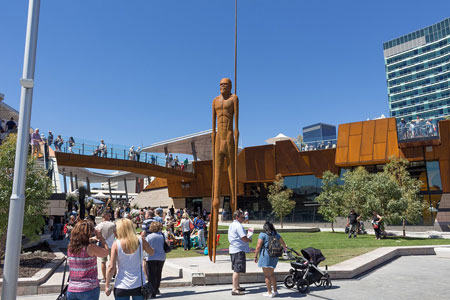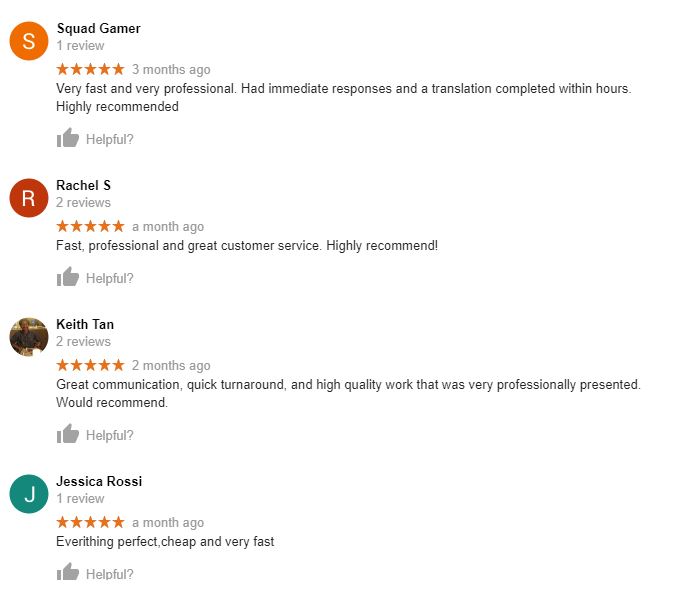Perth Translation Services » Health Medical Translation » Korean Translator
Korean Health Medical Translation
We have Korean translators with experience and background in health and medical translations to complete medical translation requirements, from medical letters and receipts for insurance purposes, to complex medical reports or research papers.
As medical and pharmaceutical Korean translations is a specialised discipline, not all Korean translators are able to deliver translations for medical documents. Perth Translation provides medical Korean translations for documents such as:
- Pre-Clinical Reports
- CMC Documentation
- Clinical Trial Agreements
- Clinical Trial Results
- ICFs
- Investigation Brochures
- Interview Transcripts
- Packaging and Labeling
- Marketing Materials
- Medical Protocols
- Medical Research Papers
- Survey Results
Additional effort in finding the right professional Korean translator goes a long way in ensuring reliable and consistent quality translations for medical and pharmaceutical documents. Enquire with us today with your project requirement.
Upload your documents for translation
Professional Korean Translator

Perth Translation provides professional Korean translation services. You can use the form on this page to upload multiple files for a confirm quote and delivery time. Our Korean translator is ready to assist with your translation project.
About the Korean Language
The Korean language (Korean), is spoken mainly in North and South Korea. It is spoken by more than 78 million people (most of whom are North or South Koreans).
In South Korea, the Korean language is called hangukmal (한국말) or hangugeo (Hangeul: 한국어, Hanja: 韓國語). In North Korea, however, it is called choseonmal (조선말) or choseoneo (조선어, 朝鮮語).

Medical Translations For All Major Languages
- Arabic healthcare and medical translation
- Chinese healthcare and medical translation
- Catalan healthcare and medical translation
- Croatian healthcare and medical translation
- Czech healthcare and medical translation
- Estonian healthcare and medical translation
- Dutch healthcare and medical translation
- Finnish healthcare and medical translation
- French healthcare and medical translation
- German healthcare and medical translation
- Greek healthcare and medical translation
- Hindi healthcare and medical translation
- Hungarian healthcare and medical translation
- Indonesian healthcare and medical translation
- Italian healthcare and medical translation
- Japanese healthcare and medical translation
- Korean healthcare and medical translation
- Macedonian healthcare and medical translation
- Malay healthcare and medical translation
- Norwegian healthcare and medical translation
- Persian healthcare and medical translation
- Polish healthcare and medical translation
- Portuguese healthcare and medical translation
- Punjabi healthcare and medical translation
- Romanian healthcare and medical translation
- Russian healthcare and medical translation
- Serbian healthcare and medical translation
- Slovak healthcare and medical translation
- Spanish healthcare and medical translation
- Swedish healthcare and medical translation
- Tagalog healthcare and medical translation
- Thai healthcare and medical translation
- Turkish healthcare and medical translation
- Ukrainian healthcare and medical translation
- Urdu healthcare and medical translation
- Vietnamese healthcare and medical translation
About the Korean Language
The Korean language (Korean), is spoken mainly in North and South Korea. It is spoken by more than 78 million people (most of whom are North or South Koreans).
In South Korea, the Korean language is called hangukmal (한국말) or hangugeo (Hangeul: 한국어, Hanja: 韓國語). In North Korea, however, it is called choseonmal (조선말) or choseoneo (조선어, 朝鮮語).
Modern Korean descends from Middle Korean, which in turn descends from Old Korean, which descends from the Proto-Koreanic language which is generally suggested to have its linguistic homeland somewhere in Manchuria. Whitman (2012) suggests that the proto-Koreans, already present in northern Korea, expanded into the southern part of the Korean Peninsula at around 300 BCe and coexist with the descendants of the Japonic Mumun cultivators (or assimilated them). Both had influence on each other and a later founder effect diminished the internal variety of both language families.
Chinese characters arrived in Korea (see Sino-Xenic pronunciations for further information) together with Buddhism during the Proto-Three Kingdoms era in the 1st century BC. It was adapted for Korean and became known as Hanja, and remained as the main script for writing Korean through over a millennium alongside various phonetic scripts that were later invented such as Idu, Gugyeol and Hyangchal. Mainly privileged elites were educated to read and write in Hanja. However, most of the population was illiterate. In the 15th century, King Sejong the Great personally developed an alphabetic featural writing system known today as Hangul. He felt that Hanja was inadequate to write Korean and that this was the cause of its very restricted use; Hangul was designed to either aid in reading Hanja or replace Hanja entirely. Introduced in the document "Hunminjeongeum", it was called "eonmun" (colloquial script) and quickly spread nationwide to increase literacy in Korea. Hangul was widely used by all the Korean classes but often treated as "amkeul" (script for female) and disregarded by privileged elites, whereas Hanja was regarded as "jinseo" (true text). Consequently, official documents were always written in Hanja during the Joseon era. Since most people couldn't understand Hanja, Korean kings sometimes released public notices entirely written in Hangul as early as the 16th century for all Korean classes, including uneducated peasants and slaves. By the 17th century, Korean elites Yangban and their slaves exchanged Hangul letters; that indicates a high literacy rate of Hangul during the Joseon era. Today, Hanja is largely unused in everyday life due to its inconvenience, but it is still important for historical and linguistic studies. Neither South Korea or North Korea opposes the learning of Hanja, though they are not officially used in North Korea anymore, and their usage in South Korea is mainly reserved for specific circumstances, such as newspapers, scholarly papers, and disambiguation.
Since the Korean War, through 70 years of separation, the North–South differences have developed in standard Korean, including variations in pronunciation and vocabulary chosen, but these minor differences can be found in any of the Korean dialects and still largely mutually intelligible.

